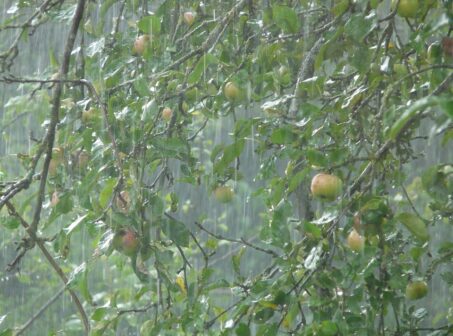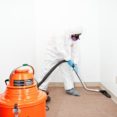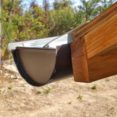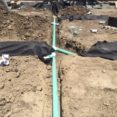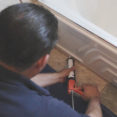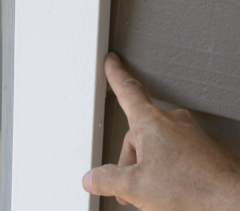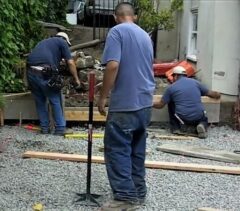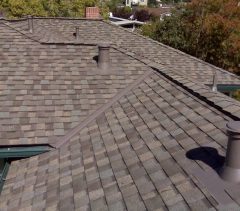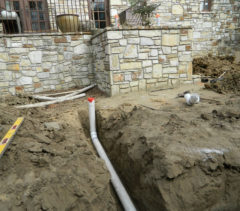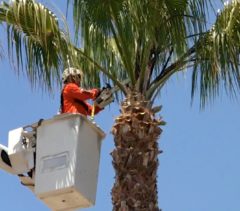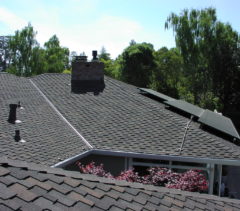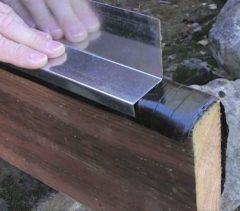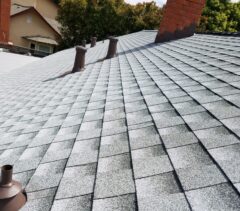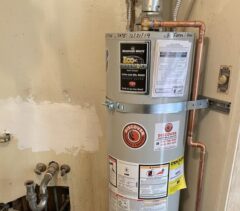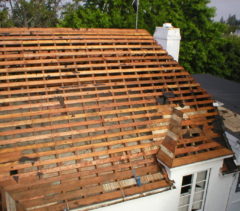
The Impact of Roof Pitch on Roofing Material Selection
ALAMEDA — Tar and gravel roofs have been around for a long time, but in recent years their popularity has waned. This is largely due to aesthetics, with many homeowners choosing to replace their tar and gravel roofs with composition shingles because they like the way they look. However, in some cases this can be a big mistake, because even though a roof may look good, it might not function like it needs to.
Residential roofs vary in terms of steepness (or “pitch,” as it’s known in the industry). Roof pitch is expressed as a rise/run ratio. For example, a roof that rises 6 inches for every 12 inches of horizontal run has a 6:12 pitch. Some roofing materials are designed to function within a certain range of pitch in order to meet their intended lifespan. That’s why it can be a problem when a homeowner replaces their tar and gravel roof with shingles, because each of these products is designed to perform at different pitches.
To meet shingle manufacturer criteria, a roof needs to be at a pitch of 4:12 or greater to install shingles. However, many homeowners choose to install shingles even though their roofs have pitches of 2:12 or 3:12. Not only does this void any warranty the shingles might have come with, it often leads to premature failure of the roof. Over time, as rainwater runs down the roof, the shingles will start to settle and “cup” in certain areas, creating a small dam that diverts water to the left and right. Eventually, this water will get into the roof’s seam, seep in the nail holes and, once the nails rust out, make its way into the attic. This chain of events can cause the shingles on an incorrectly pitched roof to fail in as few as 10 years.
For this reason, when replacing your roof, it’s important to consider its pitch and install an appropriate product—ideally the one it was originally designed to have. If you have a tar and gravel roof, it’s wise to go with its modern equivalent, known as a “built-up” roof. Instead of gravel, a built-up roof is covered by a cap sheet, which provides a watertight layer of protection and looks a lot nicer.
